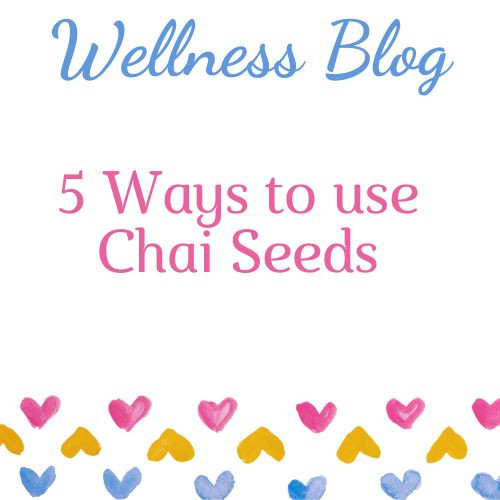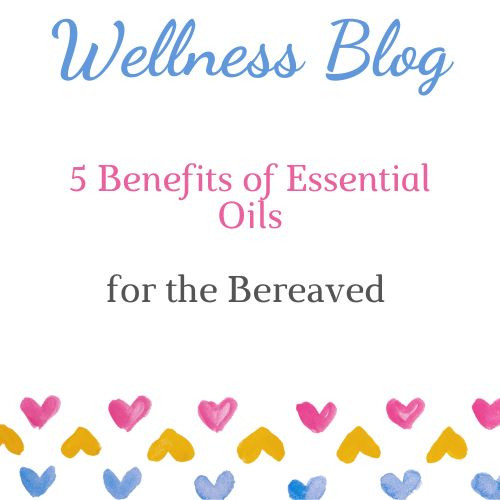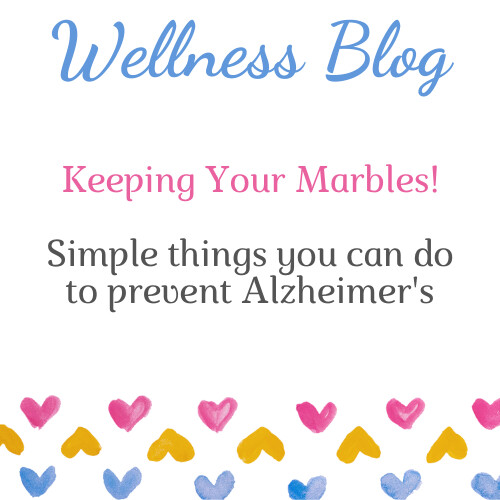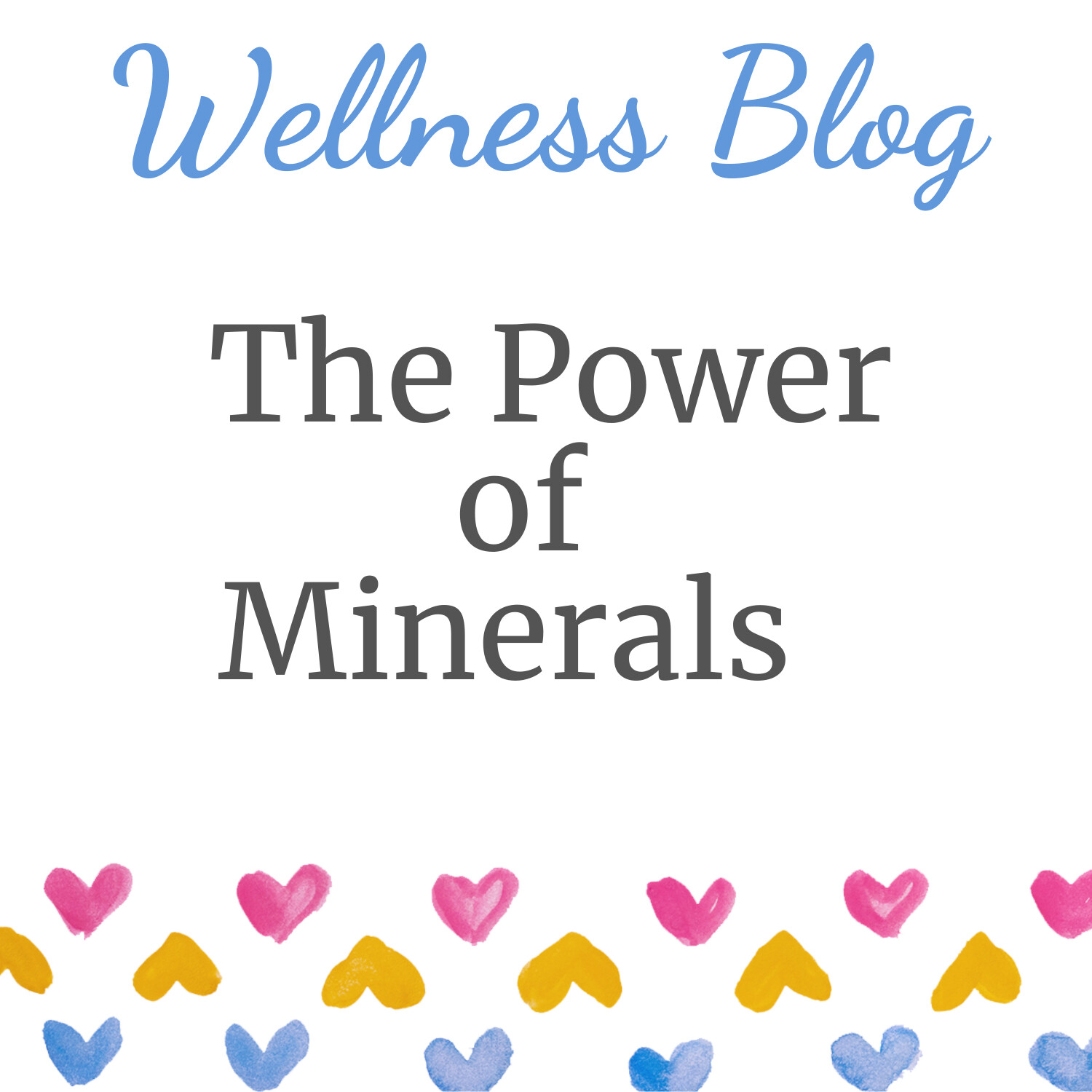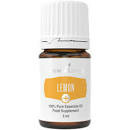
No amount of tooth brushing will remove stained teeth. The coffee, tea and red wine over the years have ingrained into our teeth and sadly brushing alone will not remove them. However, it has been shown that oil pulling has good results.
Oil pulling, also known as "kavala" is an ancient Ayurvedic technique that dates back over 3,000 years and involves swishing oil in your mouth, effectively using oil as a mouthwash!
Oil pulling can be described as a remarkably simple, completely harmless and inexpensive oral hygiene treatment and is a technique taken very seriously by thousands of people all over the globe - although there are no scientific studies on it.
The most obvious result of oil pulling is improved dental health and it’s an amazingly effective way to not only make your teeth whiter but to make your gums pinker and healthier looking and leaving your breath fresh, all making this natural remedy worthwhile. But what is remarkable is that the benefits don’t stop there. Many other health problems, like congested sinuses appear to improve too but which can’t be explained scientifically or otherwise!
Oil pulling is believed to help in the excretion of toxic heavy metals from your body via saliva. The squishing activates salivary enzymes which absorb toxins such as chemical, bacterial and environmental toxins from the blood and which are then removed from your body when you spit the oil out.
How do you do it - you very simply put a teaspoon of coconut oil in your mouth – but any oil can be used - many people use coconut oil or sesame oil or a combination of both.
If you suffer from gingivitis (bleeding gums) you could add 1 drop of lemon essential oil. (This needs to be a 'food grade' one, like Lemon Plus). Lemon essential oil is a haemostatic. Haemostatics help to stop bleeding by speeding up the coagulation of the blood. So by adding just 1 drop of lemon will not only help the gingivitis but it will add more anti-bacterial components to the oil mixture and give it a much nicer taste making it much easier to swish,
Oil pulling best done first thing in the morning on an empty stomach so before you eat or drink anything. If you have never done this before, then I recommend you start with just 2 minutes!
When the oil is in your mouth, you simply swish it around your mouth, teeth and gums. Once the two minutes are up, spit the oil out in some kitchen towel, and dispose in the rubbish – do not spit it in the bathroom basin or any other basin really! as it will clog up your pipes and drains!
Once you can do 2 minutes gradually build up to 5 minutes and longer and longer until you reach 20 minutes.
At the same time as you lengthen the time you are squishing, you are going to increase the amount of oil from a teaspoonful to a dessert spoonful and finally a tablespoonful. You could do your oil pulling whilst lying in the bath, or when under the shower or whilst waiting for the kettle to boil or reading a book (reading a book is good once you hit the 20 minutes) but remain mindful of what you are doing so you don’t swallow it.
If you do swallow it, it won’t do you any harm, but it will defeat the objective of doing it in the first places, which is to take harmful bacteria and other toxins out of your system.
When the oil blend is in your mouth it will double in size over the time you squish, it doubles in size because of the saliva you will produce. If it gets too uncomfortable, you can spit some of it out in kitchen towel and then carry on swishing until your time is up.
Don’t be alarmed of the colour as the saliva and oil squished together will change to a white colour - the longer you squish, the whiter it will become.
Everyone can benefit from oil pulling – it's not just for whitening teeth, there are so many other benefits - so if this interests you, go and do some research, and let me know how you get on!
There are lots of articles online and many books on it in Amazon.
I started a 30-Day challenge on 29 April - I took a photo of my teeth and will take another one after 30 days and post the difference!

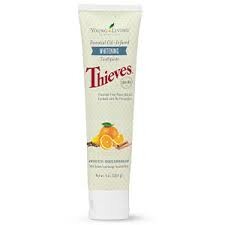
Here is my Instagram IGTV on this subject
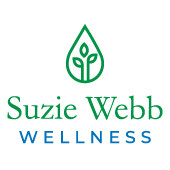
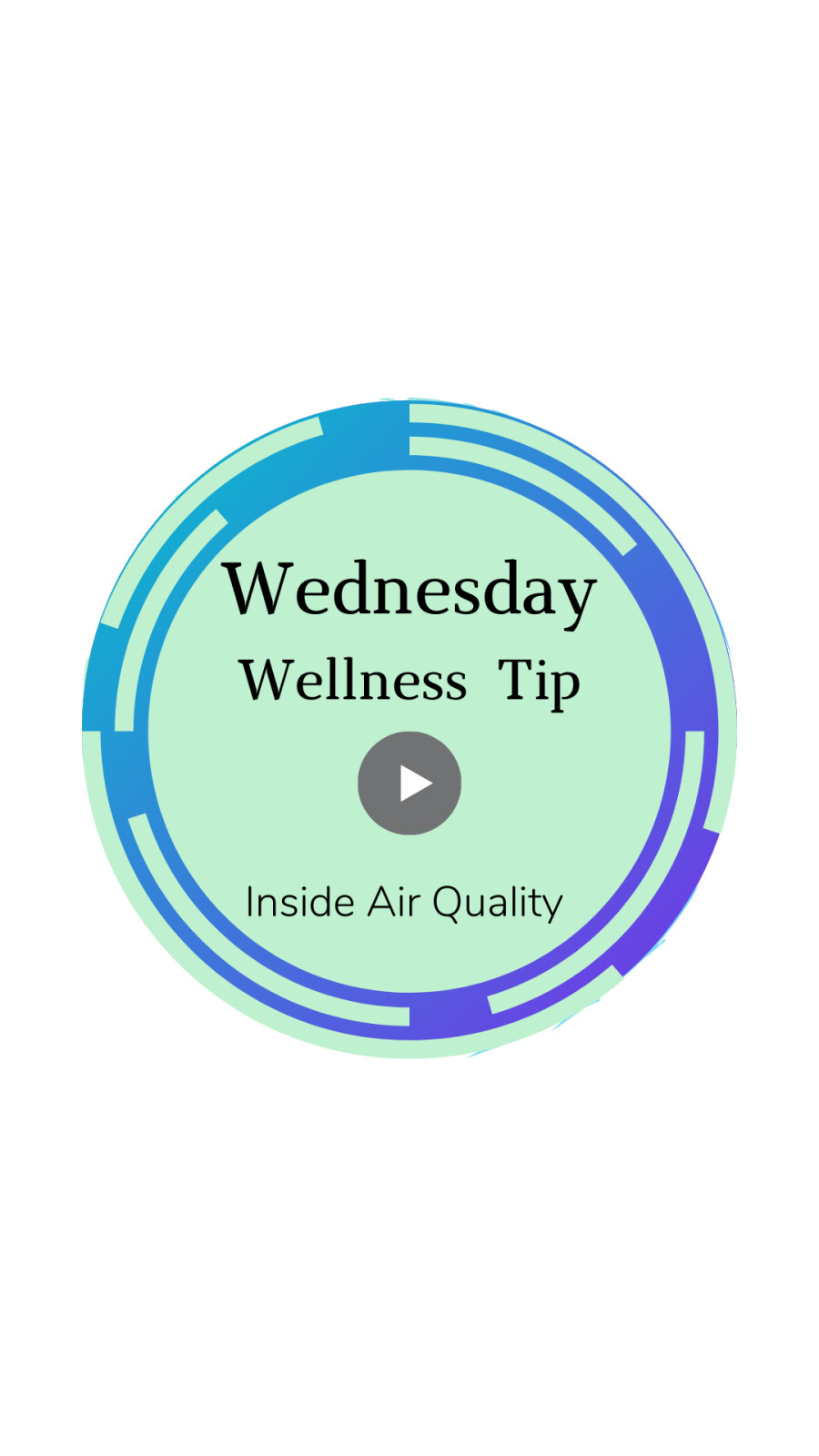
- The way you heat your home
- How you cook your food
- Poor ventilation
- Damp
- Chemicals in cleaning products
- Chemicals in personal use products
- Plug Ins and cheap candles
- Pets
- Air conditioning
- Carpets and Rugs
- Buy beeswax candles, yes they are much more expensive than the cheaper ones, but they do last much longer and they don't emit harsh synthetic chemicals like the cheaper ones can.
- Bring the outside in with houseplants - Cheese Plants in particular are well known to purifying indoor air.
- Unplug and immediately throw away Plug Ins and aerosol air fresheners which saturate your home with synthetic chemicals which you breath in.
- Invest in a good quality diffuser - choose one with a metal mechanism not plastic.
- Choose only the very best essential oils to diffuse in your beautiful diffuser - cheap essential oils often are contaminated with synthetics and if you diffuse these you are breathing in the contaminants compared to the beneficial effects of diffusing top grade essential oils like Young Living.
- Open your windows, even in winter, for at least 20 minutes every day.
- Reduce and eventually eliminate the use of harsh synthetic chemical cleaning products both in the kitchen and bathroom, and replace with non-toxic products.
- Outdoor shoes should be left either outside or by the front door and only wear indoor shoes in the house, or slippers or just socks.
- Air vents should be cleaned regularly on air conditioning units
- Always use the cooker hood over your hob if you have one.
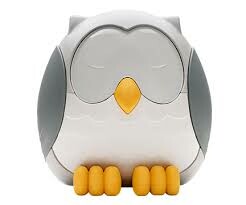 My favourite diffuser is the Feathers the Owl diffuser designed for kids, but loved by adults too!
My favourite diffuser is the Feathers the Owl diffuser designed for kids, but loved by adults too! 
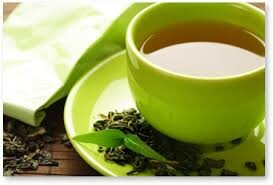


At the Young Living European Convention in Brussels last September, there were lots of new products launched for the European market, and one of them was IlluminEyes - which was created with the health of your eyes in mind.
Here is a short (under 2 minutes!) video I made for my IGTV channel for you to hear all about it!
Vitamin A in IlluminEyes contributes to maintain your normal vision (and normal skin).
Formulated with lutein and zeaxanthin, and without synthetic ingredients you just need to take one vegetarian-friendly capsule per day.
This supplement also contains vitamin C to help contribute to the normal function of the immune system, and vitamin E to contribute to the protection of cells from oxidative stress.
As a nutrition consultant a question I'm often asked is:
'do we really need to take supplements or can we get sufficient vitamins & minerals from the food we eat'?
Well the simple short answer is that yes, we should be able to get all we need from the food we eat however, without going into a long complicated answer - we unfortunately cannot get all the nutrients we from our food - for many reasons one being that exported fruit/vegetables are picked before they are ripe and the fruit/vegetables haven't fully developed their vitamins and minerals.
When they are artificially ripened (sometimes weeks later!) they contain a fraction of the nutrients that they should contain had they been able to fully develop naturally on the tree/plant.
- Carrots, kale, spinach, and collard greens (vitamin A and lutein)
- Liver (vitamin A), including cod liver oil.
- Swiss chard, zucchini, and brussel sprouts (lutein)
- Sweet potatoes and butter (vitamin A)
So the big question is, do you eat tons of the above foods for the health of your eyes and skin, and just for the best that they contain the all important nutrients, or do you simple take 1 x IlluminEyes supplement a day! I know what I am doing!
Please do not hesitate to contact me if you have any questions on nutrition or supplements.
Suzie Webb

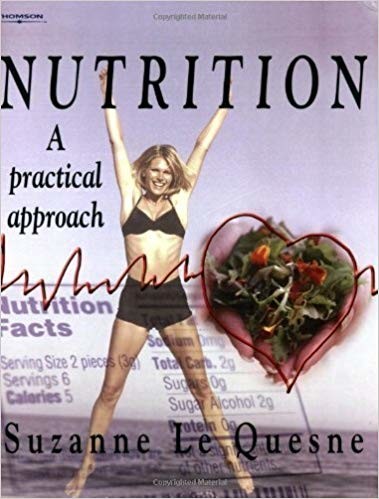
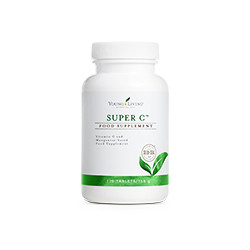

So, what's the difference between RDA's and NRVs then? None they are exactly the same! (so why change the name I ask myself!)
- Vitamin C is required for the synthesis of collagen - the inter-cellular glue that keeps skin, lungs, arteries, the digestive tract and all organs intact.
- Vitamin C supports our immune system.
- Vitamin C supports our cardiovascular system.
- It is a potent antioxidant protecting against free radicals, pollution, carcinogens, heavy metals, and other toxins.
- It is strongly anti-viral and mildly anti-bacterial.
- Energy cannot be made in any cell, brain or muscle without adequate vitamin C.
- The adrenal glands have a high concentration of vitamin C, which is essential for stress hormone synthesis.
- Vitamin C is so central in so many chemical reactions in the body that, without it, life is simply not possible.
- For reinforcing immune strength, take 2 tablets daily.
- For maintenance, take 1 tablet daily.
- For 'optimal dose' take up to bowel tolerance. This means when your bowel movements are soft, but not too soft. I would take an 'optimal dose' if you are recovering from an illness or before surgery, and I would recommend you just do an 'optimal dose' a couple of times a year as a top up. Otherwise as above for maintenance or for reinforcing immune strength.
- Best if taken before meals.
Free of common allergens. No artificial colours, flavors, preservatives, salt, sugar, starch, corn, wheat, yeast, or soy products.

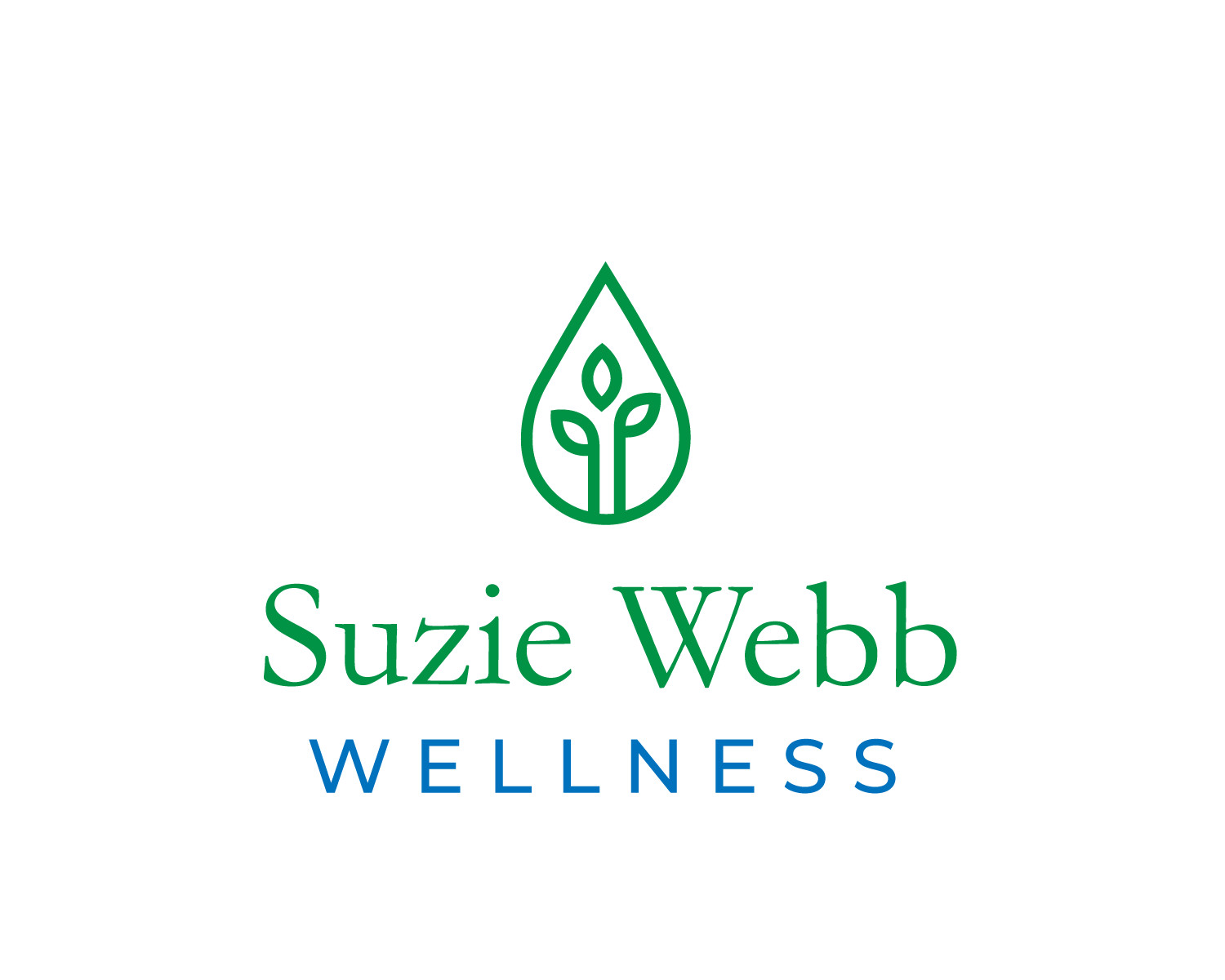

Cannabinoids & the Endocannabinoid System
What are Cannabinoids?
Endocannabinoids and the Endocannabinoid System (ECS)
Cannabinoids in the Hemp Plant




 Welcome to my Blog! I'm Suzie Webb you can read more about me
Welcome to my Blog! I'm Suzie Webb you can read more about me 